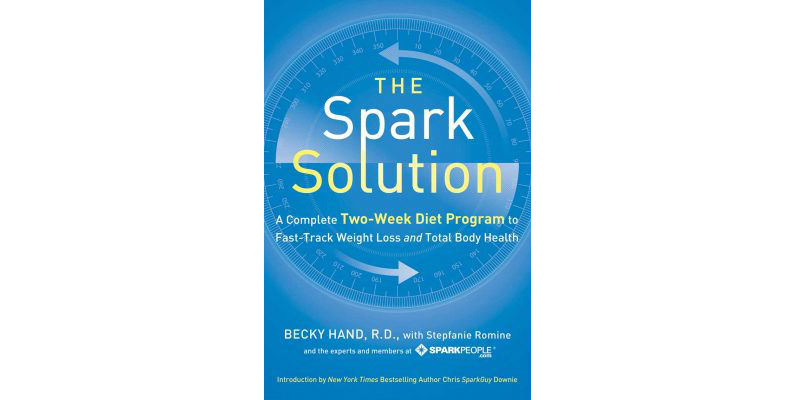
Review: Spark Solution Diet
The Spark Solution Diet is the weight loss strategy created by the SparkPeople program. It is designed to be a two-week program that will help to kick start a dieter’s efforts toward a healthier body from top to bottom.

The Spark Solution Diet is the weight loss strategy created by the SparkPeople program. It is designed to be a two-week program that will help to kick start a dieter’s efforts toward a healthier body from top to bottom.
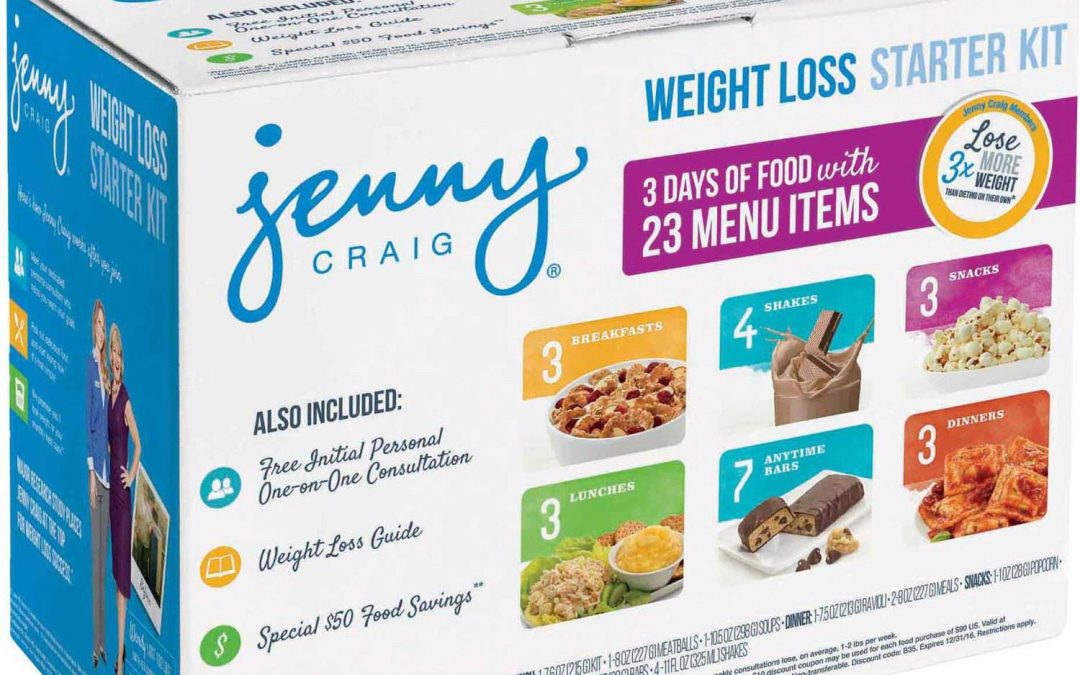
The Jenny Craig Diet is an extremely well-known program as it has had a massive marketing strategy that has included celebrity presences in television commercials for many years. Unless you’ve been living under a rock, the odds are that you’ve seen at least one of those ads.
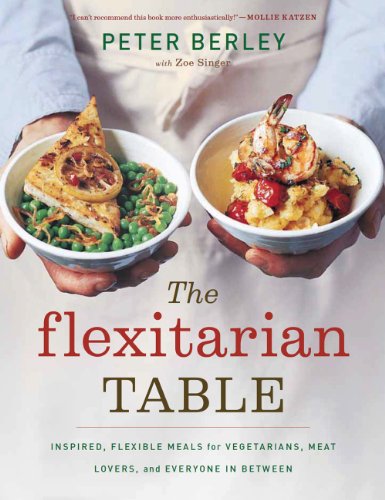 The Flexitarian Diet is a type of eating strategy that leans toward vegetarianism but without being strict about it. Its name was created as a combination of the words “flexible” and “vegetarian.” Overall, people who follow this diet will eat considerably less meat than the average person, but don’t completely give it up.
The Flexitarian Diet is a type of eating strategy that leans toward vegetarianism but without being strict about it. Its name was created as a combination of the words “flexible” and “vegetarian.” Overall, people who follow this diet will eat considerably less meat than the average person, but don’t completely give it up.
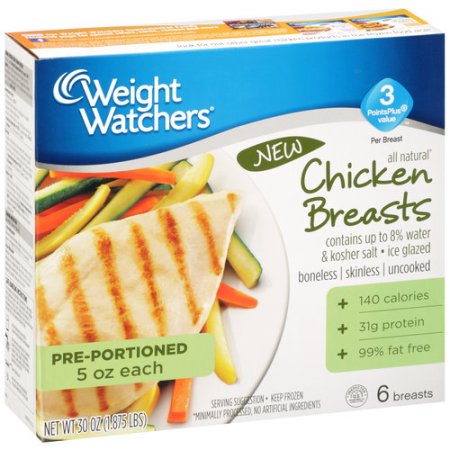
The Weight Watchers Diet, which was recently rebranded as WW, is easily one of the most well-known dieting programs in the world. It has been around for decades and has helped millions of people to build a better relationship with their lifestyles. This diet is not about telling you what you can and cannot eat. If you love ice cream, cheesecake, steak, pasta or anything else, you can have it. That said, you will become very aware of the impact those food choices have on your body and on what you can eat throughout the rest of the day.
In this way, the Weight Watchers Diet is designed to naturally guide its followers toward healthier food choices. The newest version of its program is known as the WW Freestyle. It is based on a points system that allows you to earn more points through exercise, save some and add them onto another day that week, and enjoy as much of over 200 “zero point” foods as you want. Those zero-point foods include options such as fish, eggs, skinless chicken breast and beans.
In this way, the program is meant to act more as a lifestyle altering plan. The hope is that followers will develop the types of habits they can maintain over the long term so their lost weight will never return.
The Weight Watchers Diet also places a high priority on physical activity. Not only does it encourage you to work out on a regular basis, but it also allows dieters to earn more points so that they can eat more depending on the amount of exercise they’ve done in a certain day.
Every type of food (except the zero-point foods) is assigned a certain number of points, known as SmartPoints. Every person on this diet is allowed a certain number of points per day. It functions as a simplified and altered version of calorie counting that allows the follower to be able to make more direct choices without having to do quite as many calculations regarding calories and macronutrients. Instead, they just tally up their points and make sure they don’t exceed their limits. In this way, no food is forbidden, but the dieter will become more aware of what a reasonable portion of each food looks like. This naturally builds the need to eat more lower point or zero-point foods in order to avoid hunger.
The Weight Watchers Diet includes additional in-person participation that are voluntary. These include group meetings, daily weigh-ins and other resources meant to help to motivate and inform. There is also an extensive website that provides a wealth of workouts, recipes and other helpful information for people who would rather keep up a self-guided program and not have to try to keep up with regular meetings.
That said, a survey conducted by Consumer Reports indicated that among the people who followed the Weight Watchers Diet, it was the members who attended the meetings who expressed a higher level of satisfaction with the program as a whole. Moreover, those members also lost a higher average amount of weight than the individuals who guided themselves exclusively with the online tools.
It’s all well and good to say that you should use the best diet pills in 2021 to suit your Weight Watchers diet, but knowing which ones they are can be challenging. The reason is that there are a lot of products out there and not all are compatible with WW and even among those that are, not all are ideal for you specifically.
As you can see, the two main things the top diet pill for a WW follower needs to accomplish is to suit this diet and support you in the areas where your unique needs require it. Once you’ve narrowed things down in those areas, you’ll have found what is most suited to you. For instance, if your main struggle is in the area of your workouts and exercising, TRIMTHIN X700 may be your best friend. If you’re looking for an all-natural solution, FASTCUT may be right up your alley. If you need all around general support, many people on the Weight Watchers diet enjoy help from FENFAST 375.
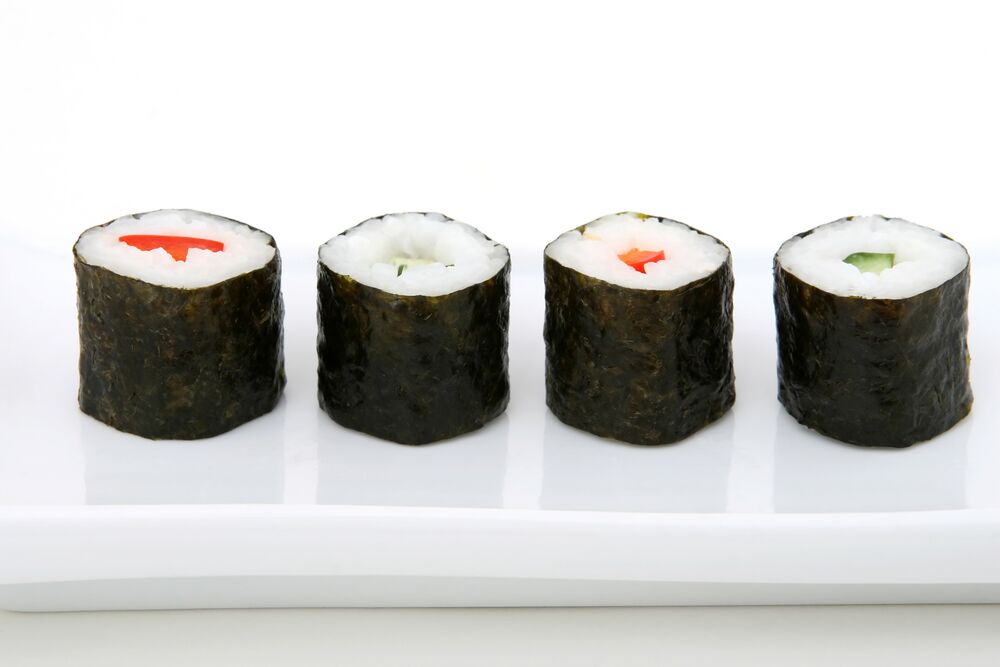
The Traditional Asian Diet is a lifestyle-based eating strategy based mainly on eating plant-based foods as is popular in several Asian countries. That massive continent is home for many countries, each of which boasts its own rich cultures and eating traditions. For this particular diet, there is a main focus on Japanese and certain Chinese diets.
The reason is that those cultures typically see strong health and considerable longevity throughout their populations. That said, they also typically consume about 25 percent more calories than the average American and yet still maintain leaner bodies on the whole. When eating the traditional Asian Diet as a part of a lifestyle, obesity is quite rare. That said, it has become commonplace among people who follow the traditional western and American diet high in processed foods.
The diet involves eating a lot of rice as well as vegetables which have typically been cooked. Also included in the diet are a number of pulses, particularly soy-based foods. Soy provides one of the primary protein sources, to the point that it is even more commonplace than animal-based protein sources. Sweets and red meat are considered to be indulgences to be enjoyed on a rare occasion, not a regular basis.
In following with the Japanese tradition, seafood is also a regular protein source. As is the case in many parts of China, rice wine is often used in cooking, but this is still used only in moderation as alcohol is not meant to be a regular component of the lifestyle.
The Traditional Asian Diet leans on the eastern food pyramid. That food pyramid is extremely different from the one with which the western world is familiar. Instead, meat is at the very top of the Asian pyramid because it is eaten only occasionally and in small amounts. Poultry is eaten more, while eggs are consumed much more frequently. Vegetables, fruits, seeds, nuts and legumes are eaten quite a bit on this diet.
That said, the food eaten the most is rice, followed by certain millets and corn. The preferred type of rice when following this diet is white rice, not brown unpolished rice. The reason is that rice bran can be difficult to digest and it is believed to slow the metabolism.
While the Traditional Asian Diet may be high in carbohydrates, the foods are consumed in their healthy, natural forms, meaning that they don’t cause people who eat them to become overweight or obese. These foods are not processed and don’t contain unhealthy additives. Their nutrient density helps to keep weight and health more naturally under control.
At the same time, there isn’t a great deal of scientific evidence to support adopting this diet outside of living within the actual culture that created it. As there isn’t any food tracking, specific restrictions or calorie counting, it can be difficult to adopt in a natural way that reflects the way the diet is consumed in the Asian countries on which the diet was based.
To follow a traditional Asian diet in general, there are certain strategies that you can add to your habits. Indeed, every eating habit in Asia is unique to its region, but there are some points that most have in common
In the United States, it is extremely commonplace to have a cold beverage along with your meal. This can include anything from a cold glass of water to milk, soda, white wine, beer, or other drinks. That said, this is not the habit of people following a traditional Asian Diet. Many people believe that changing this habit is a healthy move. Reducing the intake of fluids with meals helps to avoid watering down your digestive enzymes and acids which are critical to ideal nutrient absorption.
That said, room temperature or, more commonly, warm beverages such as green tea help to support digestive enzymatic activity. This helps you to stay hydrated and potentially improve your digestion at the same time. That said, enjoy your green tea a half hour before or after eating, not during your meal, according to a typical traditional Asian diet.
Soup is a hydrating food that helps to fill you up without packing yourself with calories. Many traditional Asian diet habits include soup with many if not most meals. They should be a broth-based, not cream-based soup. Like green tea, many of these meals support the digestive process.
Serving the dishes that make up your meals on small plates is a fantastic way to eat smaller portions. Choose one smaller plate for your whole meal or use very small plates to contain your portion of each part of the meal. Chopsticks are also a great way to eat because they help to ensure you take a reasonable sized bite instead of shoveling huge amounts into your mouth. This slows down the pace of your eating and gives your stomach the chance to register to your brain that it’s full before you overeat.